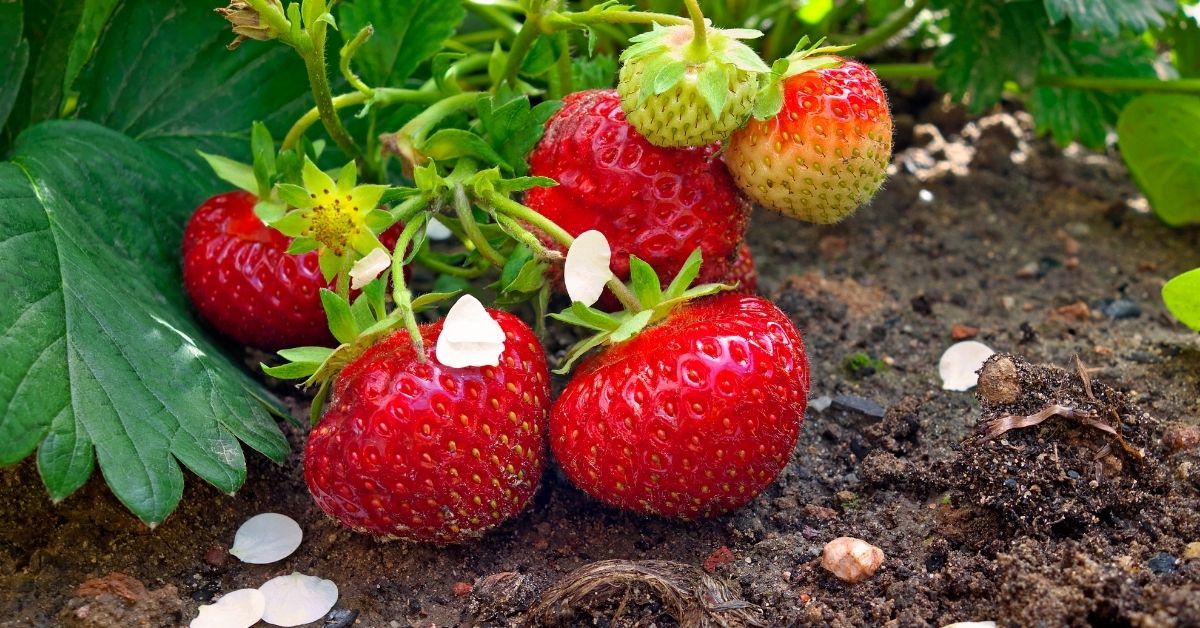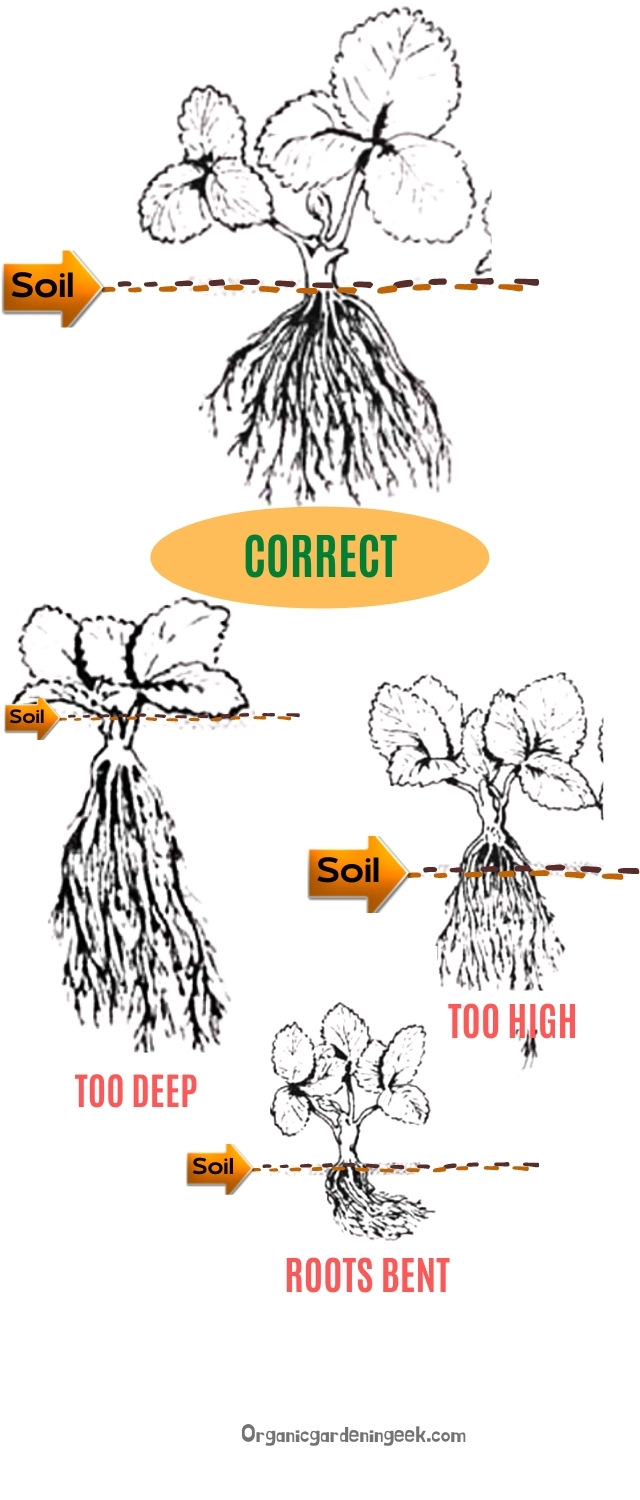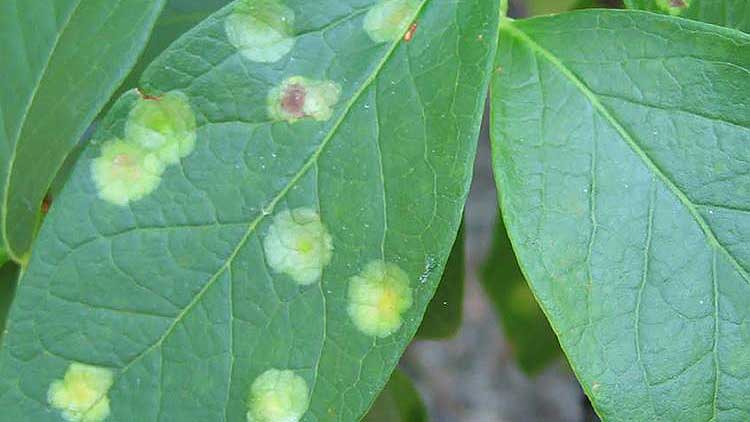The strawberry patch is one of the delights of organic farming. After a long day in the garden, it’s a nice treat to stroll down to the patch and have a delicious strawberry. Strawberries thrive in a wide range of conditions and require special attention to thrive. Your strawberry patch will quickly outgrow its current size if you take proper care of it.
Unfortunately, chemical farming frequently converts this nutrient-dense, sweet-tasting fruit into a large red sludge. The number of times I’ve overheard folks claim that store strawberries have no taste in the last several years is alarming.
Even then, strawberries aren’t challenging to cultivate, so there’s no reason to buy the bland ones. Why not plant your own strawberry runners and share them with your neighbors and friends?
Best Way To Grow Strawberries
Growing strawberries for beginners is quite simple if you follow the steps below. Here are some recommendations for growing your own strawberries:
Preparing to grow Strawberries
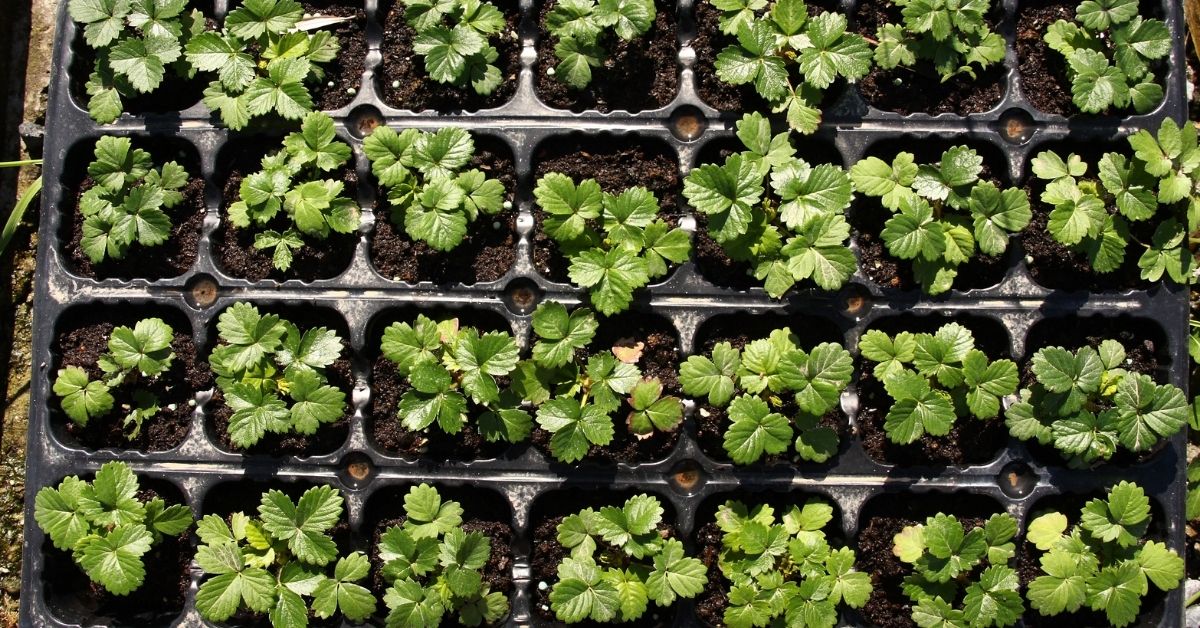
Strawberries may be cultivated in almost any location. They thrive in hanging baskets, old guttering, and pots, and they may also be planted straight into a bag of compost for a no-frills approach. Container crops, on the other hand, will only endure a few seasons.
They perform best in free-draining soils, although they can be planted on mounds or in a sloping location to aid drainage in heavy soils. Before planting, a good rich compost or manure should be buried deep into the ground. Because strawberries like acidic soils, lime should be avoided.
To guarantee pest and disease resistance, plant selection is critical. The Incredible Edibles series, whose plants are picked for flavor and performance in the home garden, comes highly recommended. Plant breeding and selection develop plants that perform well in local circumstances; therefore, investing in a local variable rather than overseas-selected hybrids is a good investment.
Choosing the right location
The strawberry patch should be in full sunlight. Fruiting plants require a lot more sunlight than root or leaf plants, so avoid planting your strawberries in a shaded spot. If you don’t have a yard and simply have pots on your balcony, make sure you can move them around to get the maximum sun.
Do strawberries need full sun?
Yes, contrary to some opinions, strawberries require full light in order to yield the most fruit. Plants should be spaced 12 to 18 inches apart. Strawberries are self-fertile, but pollination requires bees. Remove some of the runners to prevent your strawberry plants from taking over your yard during the season.
extension.umn.edu
Layout
Instead of using pots, my arrangement options focus on a garden bed space (I’ll explain how to grow strawberries in pots in another article). This is the best way to grow strawberries. On the other hand, strawberries are a shallow-rooted plant that may grow well in pots, but I’ve found that growing them in the soil in a garden bed always yields superior results. It’s perfect for making raised bed rows with up to four rows of four blocks each.
As I’ll explain below, the four-bed configuration aids propagation and productivity. Make sure your patch has excellent drainage.
Do strawberries grow well in pots?
Sure! Strawberries grow well in various containers, ranging from 6- to 8-inch pots for single plants to bigger planters, such as wooden or plastic half barrels, for several plants. They may also be grown in hanging baskets and window boxes. Make sure you fill the container with a soilless potting mix before adding the plants.
Best soil for strawberries
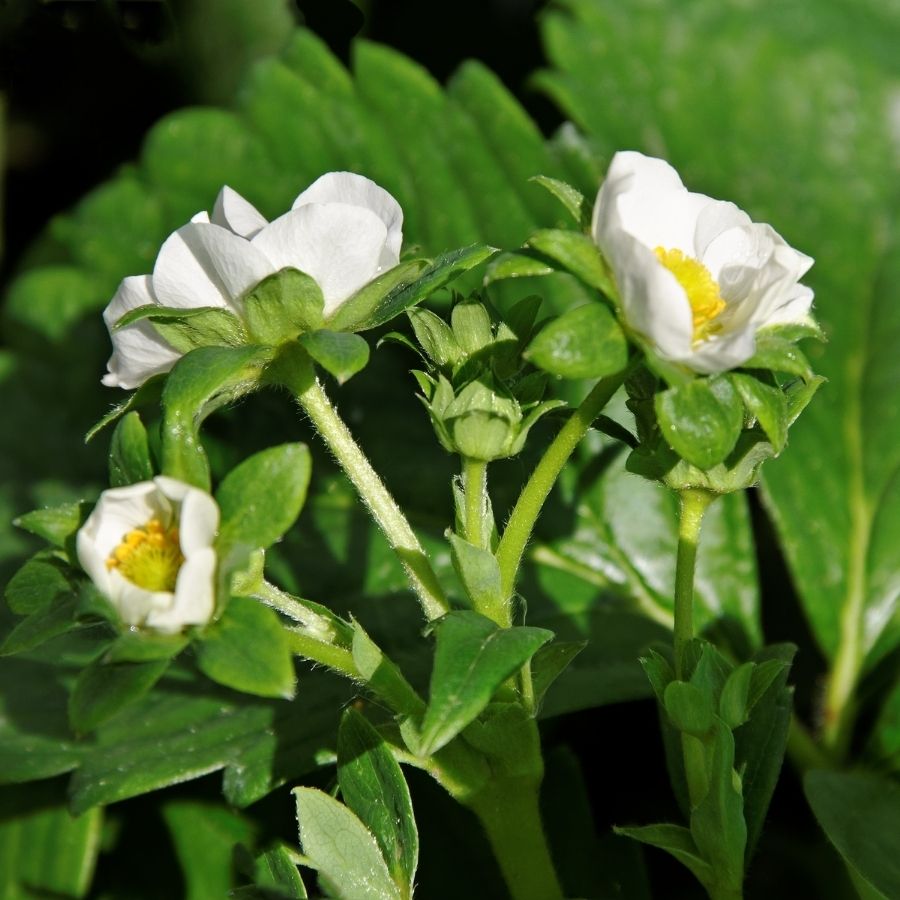
Strawberries favor sandy soil over dark, rich loamy soil. Add river sand to your soil if it has a lot of clay. You’ll get a lot of leaf growth but not as much blossoming and fruiting if your soil is overly rich. A larger silica concentration is found in sandy soil, which benefits a blooming fruiting crop like strawberries.
In the soil, wood ash is helpful, as are well-diluted liquid manures. After the beds have cropped, I usually give them one dosage of ash and liquid manure using cow dung or comfrey tea, and then biodynamic preparation 501, which is silica, when they are flowering.
Planting
It’s ideal for preparing the soil first, then mulch lightly, poke holes in the mulch, add a handful of excellent compost, then plant the strawberry runners in a fresh bed. You may use the planting calendar to help you figure out the best months to plant based on your local environment and the best days for the planets to positively influence fruiting crops like strawberries.
Do strawberries need lots of water?
Yes. Strawberry plants require consistent watering, particularly during fruiting season, when they require an average of 1-2 inches of water each day. Because the roots of strawberries are shallow, keep the soil wet but not saturated. If your soil has a lot of clay, be extra careful not to overwater it.
Fertilizer requirements
Fertilizer is another crucial necessity for Strawberries, as it is for any other plant. These runners, like other plants, require fertilizer, which is made up of plant food. In the spring and summer, a liquid fertilizer should be applied every two weeks to the plants.
Because you grew them in pots, you’ll need to fertilize them. As a result, unless you give them the appropriate nutrients, they will be unable to absorb any. You may also use a 10-10-10 fertilizer or a particular blend.
When purchasing fertilizers for your plants, make sure to read the label and follow the recommendations for fertilizing your plants.
Do strawberries like coffee grounds?
Yes! Before watering, sprinkle your used coffee grounds at the base of the strawberry plants. It’s a big hit! They develop tremendously after that. Sugar ants and pillbugs are also kept at bay by the coffee grounds.
Companion plants
- Comfrey,
- borage,
- beans,
- onion,
- garlic,
are some partners that aid strawberries in terms of plant health and pest and disease resistance. Our Gardener subscription site has further information on excellent and terrible mates.
This is one of the videos I love. You should definetely watch it.
Propagating your strawberry runners.
After the strawberries have fruited, they send forth runners. This begins with a long tail that emerges from the primary plant, and as it travels over the ground, more plants sprout on the tail (runner). Each plant may develop three to four runners, each of which may bear two to three plants.
When a few crops, if you leave your patch alone, it will get quite thick; therefore, it’s critical to dig up the runners and shift them to your next bed after the fruiting has done. Giving your strawberries more room and not allowing them to become too thick can result in more fruit. Furthermore, the newest plants, i.e., the runners, will yield the most enormous strawberries.
Pull up your original strawberry plants after three to four crops, compost them, and transplant fresh runners. If your patch is doing well, you’ll have a lot of runners. To give you an example, in the movie, I began our patch with 12 runners from my backyard.
Since then, they’ve grown to at least 1000 plants, and each year I distribute runners to a large number of individuals in my neighborhood. My strawberry field has never been treated with pesticides, herbicides, or artificial fertilizers, and we cropped from July 2020 to January 2021 last year due to unseasonal rain.
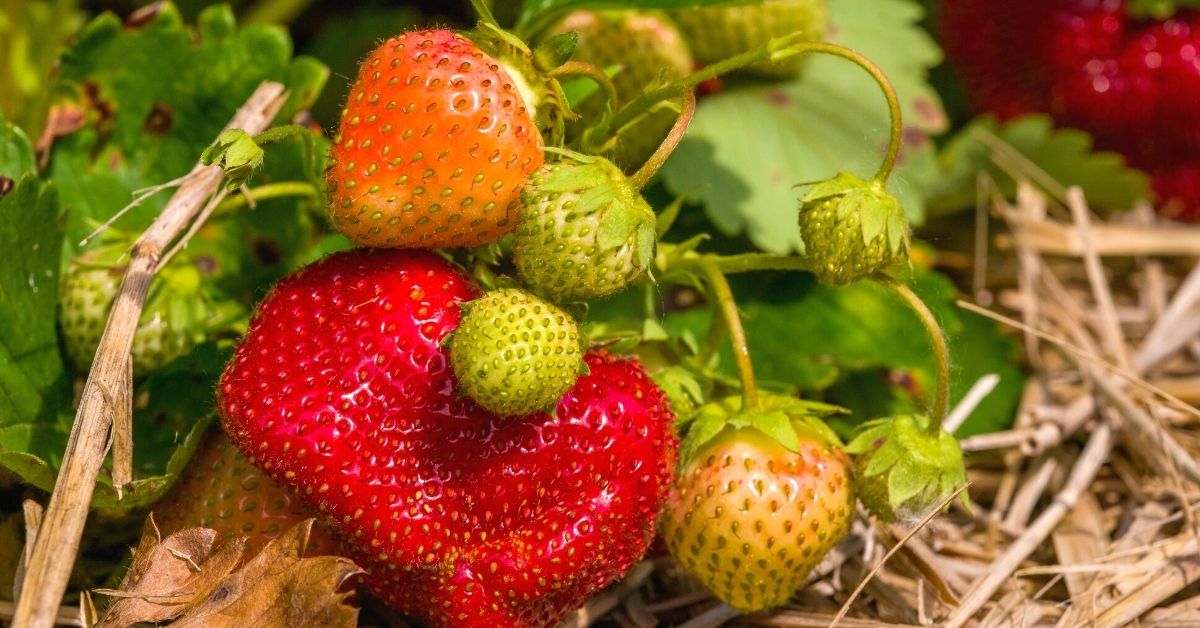
How to Care for Strawberries?
Strawberries can be mulched with newspaper, wood chips, straw, coarse sawdust, fine bark mulches, or pretty much any loose, non-compacting mulch. Before each further application, I prefer to lay down pea straw on a regular basis and dig it into the soil to help with aeration.
It aids weed control, moisture retention, and aeration both above and below the soil surface. Coffee grinds may be used as mulch, while potash, seaweed, and blood and bone help plants. It’s challenging to overfeed, so go easy on the food. Liquid feed can also be used, but not during fruiting.
You can remove some blossoms before fruit sets to allow more energy to be available for the remaining fruit to grow, resulting in plumper fruit. Strawberries generate runners as well. These are tall stalks with tiny plants strewn about. The bulk of them should be removed to focus production on your primary crop, but a few should be retained to sow next season.
To do so, fill tiny pot three-quarters full of compost and bury it beneath the plantlet in the bed. Pin the plantlet to the dirt in the pot until its roots are strong enough to pull it away from the mother plant.
To avoid illnesses, trim old leaves after fruiting and discard of any old residual mulch. Slugs like strawberries, thus beer traps and night hunts should be used to keep them away.
Because strawberries are 90% water, any interruption in watering will have an impact on the plumpness of your harvest.
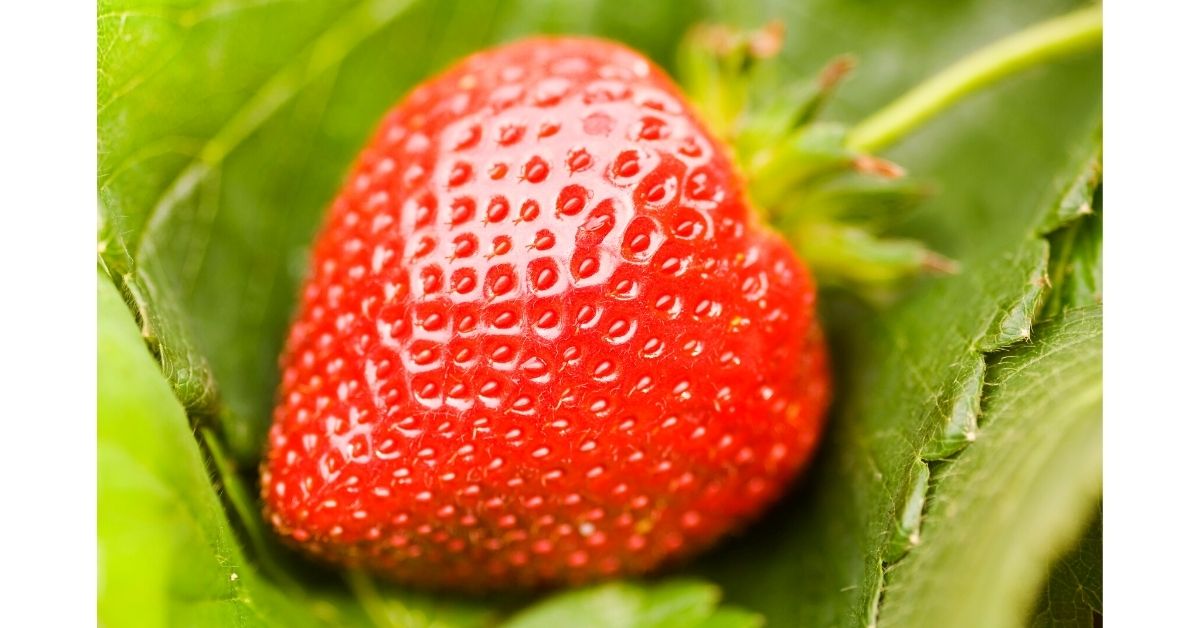
How to harvest your strawberries?
Strawberries will be ready to pick as early as December and will continue to offer throughout the summer. It’s best to pick them the day before you want to consume them. Strawberries don’t survive long on the plant, so take advantage of the season by choosing them every day or so before birds and pests eat them.
How do you know when to pick strawberries?
When at least 75 percent of a single fruit’s surface has transformed from green to red, strawberries are ready to be harvested. When softly squeezed, the strawberries will feel soft and have a little give. Green strawberries will have a firm, almost fibrous texture, whereas red and mushy fruit has gone too far.
Is it a good idea to eat first-year strawberries?
No. Pick off flowers the first year to keep strawberry plants from fruiting. They will use their food reserves on building solid roots instead of bearing fruit if they are not permitted to yield fruit, which is a good thing. In the second year, the yields will be substantially higher.
How long does it take for a strawberry plant to produce fruit?
Strawberries require a period of cold weather to produce blossoms and fruit, ideally a fortnight below 7°C. So, if at all possible, order and plant your runners in the fall. If you miss your opportunity, buy artificially cooled ‘cold-stored runners, which will fruit 60 days after planting and are available from mid-spring.
How do you winterize strawberry plants?
The easiest technique to winterize strawberry plants is to cover them with a 3 to 5-inch layer of loose mulch. Use a lightweight material that won’t condense too much. Straw, clean hay, bark chips, chopped cornstalks or cobs, evergreen branches, or pine straw are all excellent options.
Maintaining productivity
When the plants are blossoming or fruiting, make sure they get enough water.
Keep a watch out for slugs and select your strawberries when they’re ready since overripe strawberries can attract additional slugs. Follow the propagation mentioned above rotation and allow the plants some room.
Never use a harmful spray on them. Accept that some birds will eat them, and if birds are a severe issue, your strawbs must be delicious. Otherwise, you may need to use netting. We used to do that until we switched to biodynamic preparations for our entire block, and the birds now mainly ignore them.
How about using strawberry grow kits?
Strawberry growing kits might be a good choice for beginner growers looking for a fail-safe and straightforward method to get started with strawberries. On the other hand, some specific kits may not be the best match for you, depending on your budget and skill level.
Enjoy your strawberries!
Here is another valuable video you might want to see:
FAQ
How do I get my strawberry plant to produce more fruit?
Plant your strawberries on nutrient-dense soil that is sandy and well-drained. Make sure your plants get enough water. Use the proper kind of plant food on your strawberries. Strawberry runners must be well trimmed. Attract bees to your yard to aid in strawberry pollination and to ensure that your strawberry plants are pest and disease-free.
What is the best place to plant strawberries?
The best-tasting fruits are grown in direct sunlight. Choose a sunny, protected location with good, well-draining soil that is somewhat acidic. Before planting, enrich the soil by digging in a lot of organic matter, such as compost or well-rotted manure.
What is the best container for growing strawberries?
Strawberry pots that are urn-shaped and punctuated with holes down the sides in various regions are the best options to go for. Despite the fact that the holes in the pot make it appear as though soil, water, or even the plant may fall out, these pots are ideal for growing strawberries in containers.
